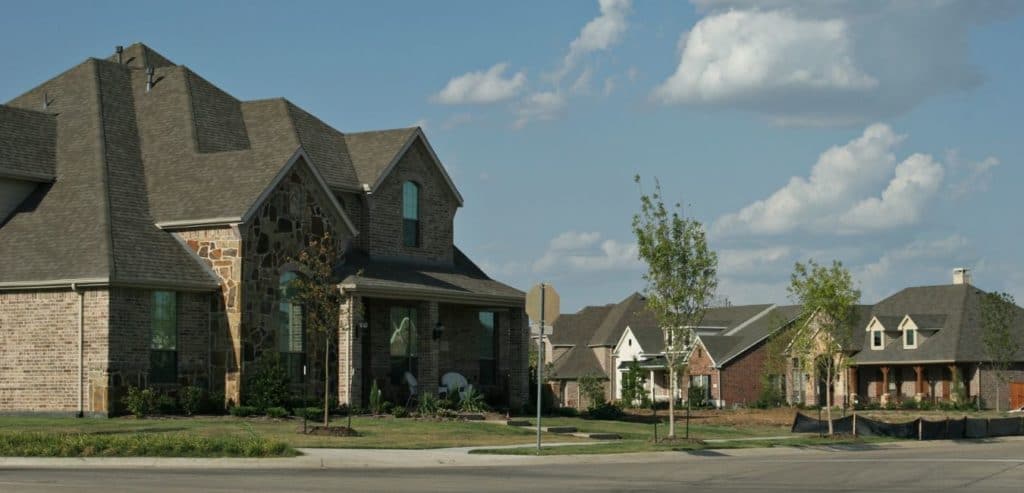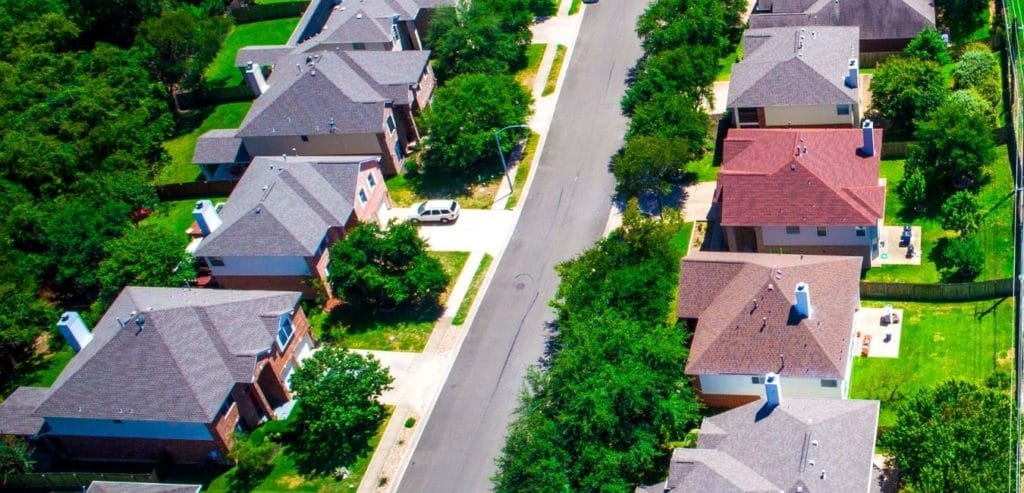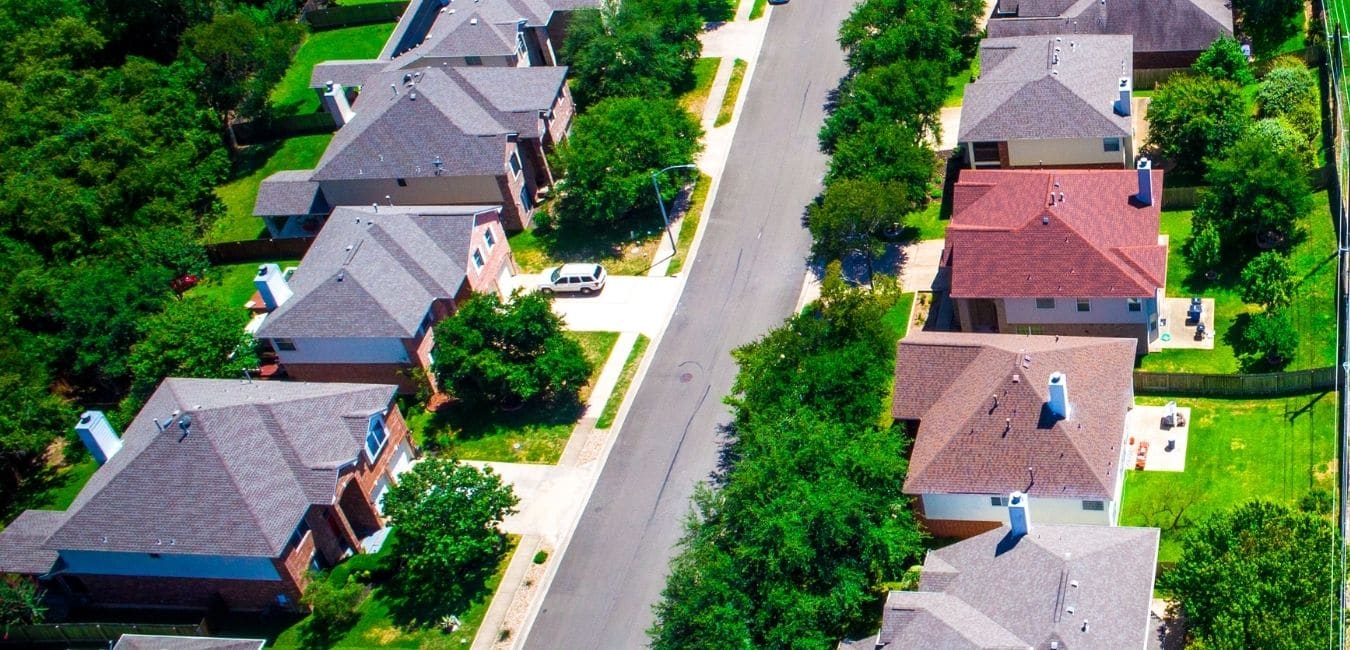Apartment vs Houses: Which is Better for Passive Rental Income?
Multi-family buildings represent enormous financial opportunities in a post-COVID real estate market. Interest rates are close to all-time lows, creating inexpensive loan payments. Rents in Southern California, Nevada, Texas, Florida, and across the South are very strong.
As stimulus money floods an already opportunistic market, multi-family properties, from duplexes to 250-unit complexes and above, have become top-tier investments. Everyone, from individual real estate investors up to REITs, private equity funds, insurance companies, and pension funds are heavily investing in apartments.
Multi-Family Real Estate Investing is Spreading To Major Markets Outside of LA
We started seeing this in Los Angeles a few years ago. Every multi-family property that went on the market got multiple bidders fighting at even the highest prices. This resulted in the price per unit being driven up and cap rates declining to the lowest we’ve ever seen.
The reality is that investors have few choices with the low interest rates for income-producing assets. Bonds, CDs, mortgages are all giving bottom basement returns, forcing investment money to go to other assets, of which income real estate makes the most sense.
These trends seem to be spreading across major markets throughout the Southern United States.
To understand these trends and the opportunities they represent, we have to ask what cap rates are and who they benefit from when they’re low or high.

Defining the Cap Rate
Capitalization or “cap” rates represent the net income of a rental property to an investor. It is calculated by dividing the net income generated from the building rents by the fair market value of the property. This gives all rental properties a single standard to measure their value against.
(It’s important to note that there are many ways to calculate the value of a rental property. The cap rate is not the only standard for a property’s total value, as it does not take into account future investments in improvements, the mortgage, etc..)
In general, a lower cap rate means that the building’s value is going up, provided the rent stays the same. In LA, cap rates have fallen to 3-5% on average for most mid-value properties. This means that property values are increasing faster than rental income thereby lowering the net cash flow to a new buyer of rental property.
Unless the rent increases, which will further drive people out of the market, these properties will remain expensive investments that do not appreciate. For reference, 6% is the minimum most investors consider when gauging a property’s value and that’s what these multi-family homes and apartments are getting only on the high end.
These rates present a problem for investors, who count on cash flow for their income. Many investors and large private equity funds are turning to real estate portfolios of single-family homes as an alternative to apartment buildings. The question is: will this investing strategy improve their investment returns?
Pros and Cons of Single-Family Real Estate Investing
So with all of this information, should investors seek out single-family rentals properties instead? As in any investment, the answer involves weighing the pros against the cons. Many investors feel that a multi-family apartment is their only choice for a residential rental property, not realizing that there can much higher cap rates found in single-family rentals.
In a multi-family rental, approximately 5-8% of the gross rent will go to management in an apartment building, which is lower than for a single-family rental home (or SFR). SFRs are spread out and more difficult to maintain, often resulting in 8-10% of the gross rent going towards management.
However, despite the higher management costs, a smart investment in SFRs can still result in higher returns. Renting out an SFR in Los Angeles may only net a small cash flow due to high property values, but in Texas, Indiana, Arizona, Florida, and other Southern states, the cap rate can be anywhere from 6-12% after expenses and management fees.
In other words, despite the higher costs of owning and maintaining several properties at once, the rental cash flow for a portfolio of SFRs is much higher than it is for an apartment building. In addition, the current market prioritizes SFRs for appreciation. If the government keeps printing money to churn out stimulus packages, first-time homebuyer programs, low down-payment real estate loans, and low-interest rates will make it easy for homebuyers to get into the market.
Property investors stand to benefit from following migration patterns from high-value markets to lower ones. The local economic situations in these states imply an upside for property investors that will continue going up.

Crunching the Numbers: Single-Family Homes vs Multi-Family Apartments
The hard numbers show the difference between investing in SFRs vs multi-family buildings in plain facts. A typical 10-unit building in Los Angeles valued in the $3.5 to $5 million range has a cap rate of 4.38 to 5.48, according to information updated weekly from Apartment Loan Store. A similar apartment complex in a city like Dallas, Texas has a cap rate as high as 6.61. The higher cap rate means that complexes earn their investors more in the Southern States than here on the coast.
These numbers are viable but still play a distant second to the cap rates available for single-family rentals in these same areas. Truthfully it’s hard to do much more than break even buying an SFR in the Los Angeles market, but in many areas of the South an SFR can be paying anywhere from 6-12% and they are showing strong appreciation as well. A portfolio of 10 single-family homes at these rates promises a far greater ROI than a single investment in a 10-family apartment.
By diversifying your portfolio with multiple properties, you can also take advantage of different markets, as cap rates shift due to post-COVID migration and other economic changes. This investment promises larger and smarter returns on property investment in 2021 and beyond as stimulus money floods the system and single families receive even more support to place down payments and qualify for mortgages on homes.




